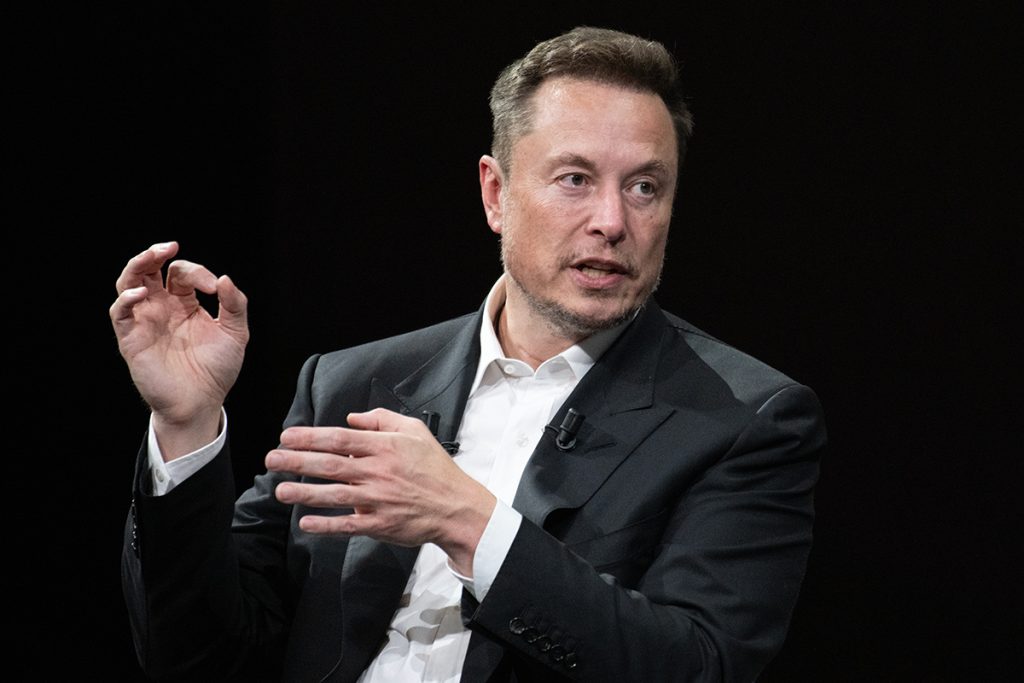Elon Musk is propelling his vision of a Martian colony forward, as SpaceX intensifies efforts to make human life on Mars a reality. SpaceX teams are deeply engaged in designing domed habitats, crafting advanced spacesuits, and exploring the feasibility of human reproduction on Mars. Musk’s personal commitment to this project, including his offer to donate sperm for the colonization effort, underscores the seriousness of his mission.
For more than 20 years, reaching Mars has been Musk’s primary focus, shaping SpaceX’s mission. Recently, this focus has sharpened, with Musk accelerating plans for Martian life due to a heightened sense of urgency. He now targets a population of one million on Mars within 20 years, a significant revision from his earlier estimate of 40 to 100 years.
The detailed planning for a Martian city encompasses multiple facets. One dedicated team at SpaceX is focused on creating small domed habitats, carefully selecting materials that can endure Mars’ harsh conditions. Another team is developing high-tech spacesuits designed to withstand the planet’s extreme environment. Concurrently, a medical team is researching the potential for human childbirth on Mars, addressing complex biological and environmental challenges.
The Boring Company, another of Musk’s ventures, is also contributing to these efforts by preparing tunneling equipment for constructing underground habitats on Mars. Additionally, Musk envisions that Martian inhabitants will drive modified versions of Tesla’s steel-paneled Cybertrucks.
Musk has made it clear that his accumulation of wealth, including a substantial compensation package from Tesla, is meant to fund the Mars colonization project. He stresses the necessity of building a self-sustaining city on Mars, which will require significant resources and financial investment.
While some experts question the feasibility of achieving a Martian colony within Musk’s lifetime, his ambitious timeline serves as a motivator for SpaceX employees. Aerospace engineer Robert Zubrin, author of “The Case for Mars,” believes that any serious colonization effort would span several decades. Nevertheless, SpaceX’s contract with NASA for lunar missions highlights the company’s immediate focus and dual objectives.
Musk’s fascination with Mars traces back to his childhood, influenced by Isaac Asimov’s “Foundation” series. This early inspiration has driven his lifelong goal of preserving human knowledge and civilization through a Martian colony. SpaceX has made significant strides with the development of Starship, a nearly 400-foot reusable rocket intended for Mars missions. Future iterations of Starship may feature living spaces complete with amenities like a running track and a movie theater.
The plan for the Martian colony includes self-sustaining measures to ensure survival if contact with Earth is lost. Musk envisions Starship as a modern Noah’s Ark, transporting plants, animals, and essential supplies to Mars. Greenhouses will be established to grow food, and Tesla-built solar panels will provide energy and warmth.
SpaceX employees are highly dedicated to the Mars project, often working over 100 hours a week. Their commitment is reflected in the company culture, with many employees wearing “Occupy Mars” and “Rocket Parent” T-shirts. The intense work environment at Boca Chica, where much of the Mars planning takes place, is a testament to their dedication.
Despite skepticism and the challenges ahead, Musk’s resolve to establish a Martian civilization remains unshaken. His ambitious timeline, projecting a city on Mars within the next 20 years, continues to drive SpaceX’s efforts and push the boundaries of space exploration and human colonization.


